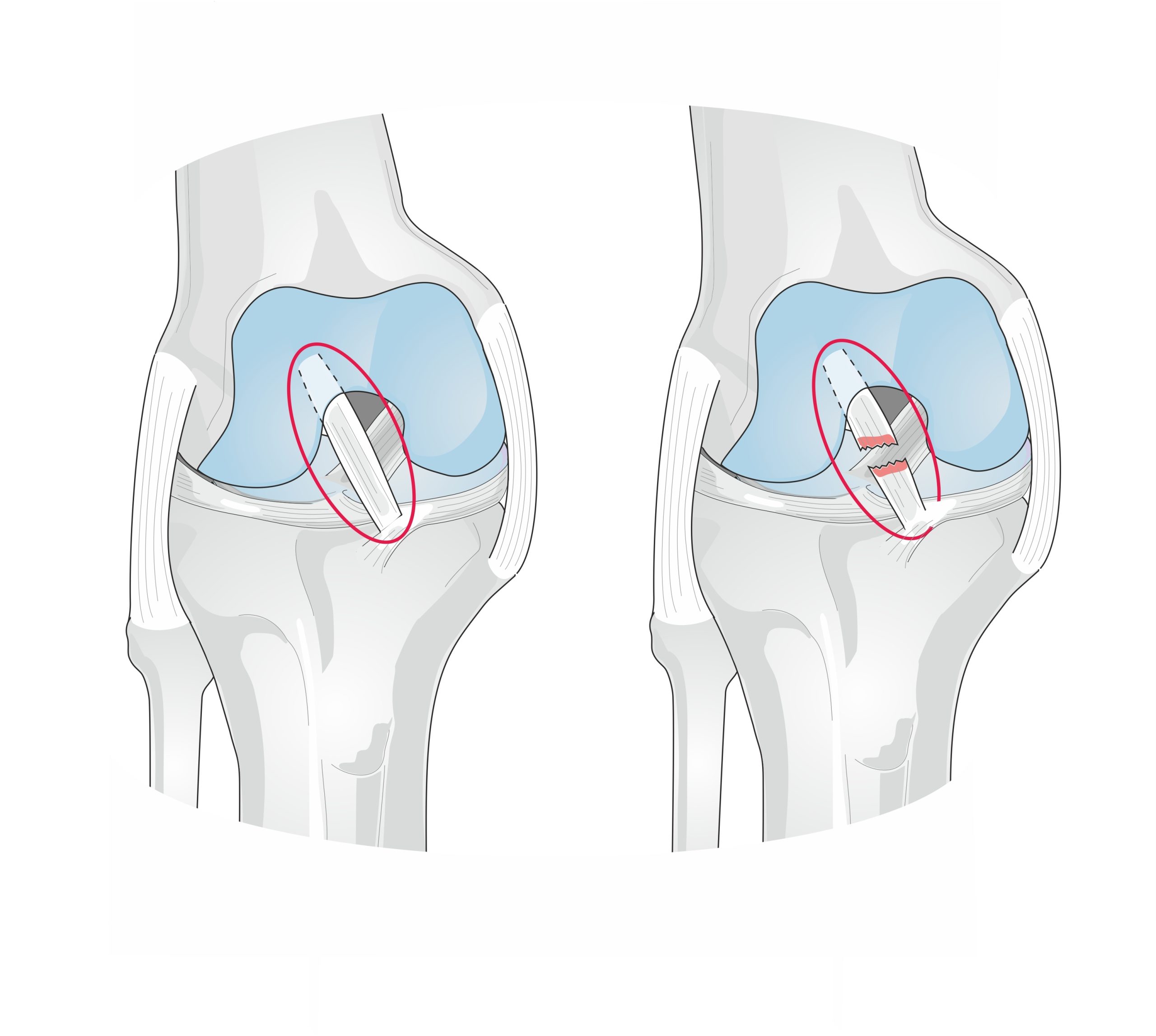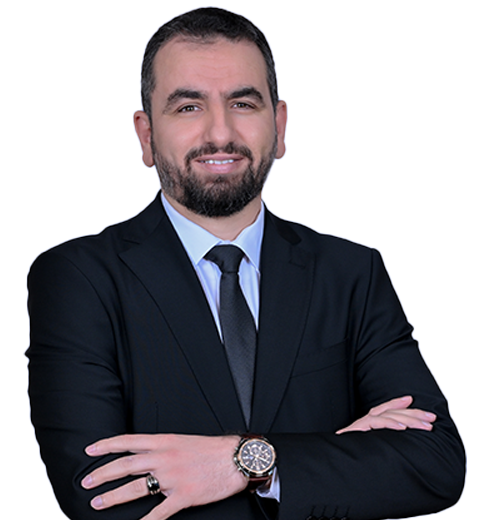An ACL injury which occurs when the anterior cruciate ligament is torn.
ACL injuries are common among athletes—especially those who play sports like football, soccer, basketball, and volleyball—because these activities require a lot of jumping and twisting motions that stress the knee joint.
About Anterior Cruciate Ligament (ACL)
The anterior cruciate ligament (ACL) is one of the four major ligaments that connect the femur to the tibia in the knee. It’s located in the center of the knee, below the patella, and above the posterior cruciate ligament (PCL). The ACL helps stabilize your knee during movements such as pivoting and cutting, which is why it’s commonly injured during sports.
The ACL provides stability by preventing abnormal rotation of your knee joint. When you bend your knee, your ACL will prevent it from turning past 90 degrees. If you were to injure your ACL, you would experience problems with instability while walking or running.
Causes of ACL Injury
The ACL can be injured by a sudden twisting motion that forces it to stretch too far. An injury may happen when you turn quickly or pivot while playing sports.
You can injure your ACL by landing wrong after jumping off a wall or climbing over a fence. An ACL tear is most common among young people who play sports such as football, basketball, and soccer.
Nearly 200,000 people are injured each year while playing sports like these!
Symptoms of ACL Injury
ACL injury symptoms can vary depending on the severity of the injury and the amount of time it has been since the injury occurred. The most common signs of an ACL tear include:
- Pain in the knee joint, which may become more intense when twisting or turning the leg
- Swelling and bruising in or around the knee joint
- Locking of the knee joint, which occurs when you try to bend your knee but cannot
- Barely being able to move your knee because it feels stuck or stiff
- The feeling of catching or locking in the knee
Diagnosis of ACL Injury
There are several tests for ACL injuries, which is the most common knee ligament to be injured.
A physical exam by a doctor can often determine whether or not an ACL is torn. However, this test alone may not be enough because many other conditions mimic an ACL tear.
The Lachman test is another way to determine if an ACL is damaged. The patient lies on their back with the knee bent at 90 degrees and their foot planted on the table in front of them. The doctor then pulls on the leg while pushing down the thigh to straighten the knee joint. If there is damage to the ligament, it will allow more movement than usual and give the doctor information about what kind of treatment is necessary.
A third test that doctors may use is an Anterior Drawer sign. This test can help them determine whether or not damage has been done to other ligaments besides the ACL tear.
In addition, two imaging tests can be used to diagnose ACL injuries: X-rays and MRI scans. These tests will show if there is any damage to the bones around your knee or ligaments in your knee.
Treatments Available for ACL Injury
There are two main types of treatment for an ACL tear: non-surgical and surgical. The choice between them depends on the severity of your injury.
Non-Surgical Treatments
Non-surgical treatments include physical therapy, rehabilitation exercises, and bracing or taping to support your injured knee. These methods can be effective in some cases. Still, they usually only work if you start treatment immediately—within 24 hours after tearing your ACL. If you wait too long after the injury occurs, these treatments may not be effective.
Surgical Treatments
There are several surgical treatments for ACL injuries, including:
ACL Repair Surgery
ACL repair surgery is a procedure that involves replacing a torn anterior cruciate ligament (ACL) with a graft taken from another part of the knee (called an allograft). The ACL helps stabilize the knee during movement. It connects the femur (thighbone) to the tibia (shinbone) and helps keep the tibia from sliding forward under the femur. When it tears, it can cause instability in your knee and lead to pain, swelling, and difficulty walking or running. ACL repair surgery aims to restore your knee’s stability and strength.
ACL Reconstruction Surgery
Suppose your orthopedic surgeon determines that your ligament has been irreparably damaged. In that case, they may recommend reconstructing it with a graft from another part of your body.
ACL & Meniscus Transplantation
When you have an ACL injury that is severe enough to require reconstruction but not severe enough to warrant a hamstring graft, your knee surgeon might recommend using part of your meniscus instead.
Our expert knee surgeons provide a full range of services for people with all forms of knee problems. They specialize in arthroscopic surgery, including, ACL and meniscus repair, and offer total knee replacement surgery, partial replacements, and other orthopedic procedures, including sports medicine and foot and ankle surgery.
Our Expert Orthopedic Knee Surgeons

Dr. Nader Darwich
Consultant Knee Surgeon
Burjeel Hospital, Dubai

Dr. Professor Erik Hohmann
Consultant Orthopedic Surgeon Sports Physician
Burjeel Hospital, Dubai

Dr. Matthias Honl
Burjeel Hospital, Dubai














